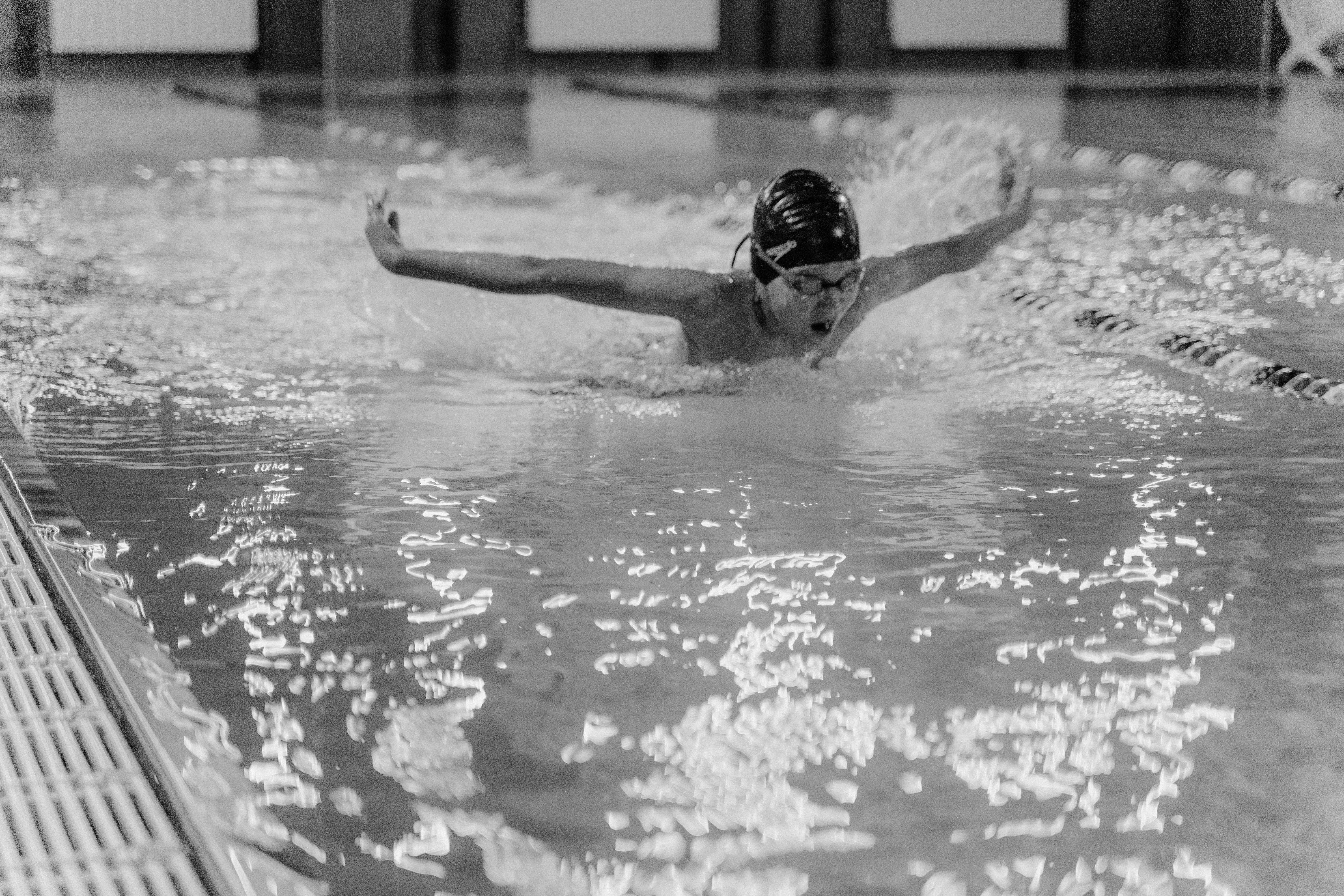
Dance classes improve test scores and more
admin
- 0
Every year at the end of spring, my daughter’s school spends a week rehearsing, dancing, and performing for their World Dance Festival. Frankly, I wish dance was a part of their year-round curriculum, because in addition to the obvious physical benefits, students who are dancers have been shown to not only be better, more confident students, but gain higher test scores. . Coincidentally, that’s one of the biggest motivators in today’s school system, so shouldn’t more schools consider implementing a dance program?
The potential benefits range from the physical, emotional, social and academic range. Here are some factual tidbits to chew on (compiled from a study by the National Assembly of State Arts Agencies titled: “Critical Evidence: How the ARTS Benefit Student Achievement”):
• In a well-documented national study using a federal database of more than 25,000 middle and high school students, researchers from the University of California, Los Angeles found that students with high involvement in the arts performed better in the performance standardized tests than students with low involvement in the arts. In addition, high-skilled arts-related students also watched fewer hours of television, participated more in community service, and reported less boredom at school.
• In an experimental research study of high school students, those who studied dance scored higher than non-dancers on measures of creative thinking, especially in the categories of fluency, originality, and abstract thinking.
• Dancing can also affect the way juvenile delinquents and other disenfranchised youth feel about themselves. One study showed that when a group of 60 of these teens, ages 13 to 17, participated in jazz and hip hop dance classes twice a week for 10 weeks, they reported significant gains in confidence, tolerance, and persistence related to the dance experience.
• Dance has been used to develop reading readiness in very young children.
• According to the Center for the Development of Fine Arts Educators, higher academic scores, higher self-esteem, stronger social skills, and greater content knowledge can be attributed to students who participate in groups in dance classes.
Dance uses both the left and right hemispheres of the brain as dancers learn and memorize movement combinations as they express concepts and emotions, focus on and count each rhythm of the music while inhabiting a different world apart from the monotony of the rote repetition that school can often be. Spatial awareness, motor coordination, strength, and flexibility also come into play, and the end result is…stronger, more confident human beings possessing greater cognitive abilities.
Isn’t that what education is supposed to be about?

